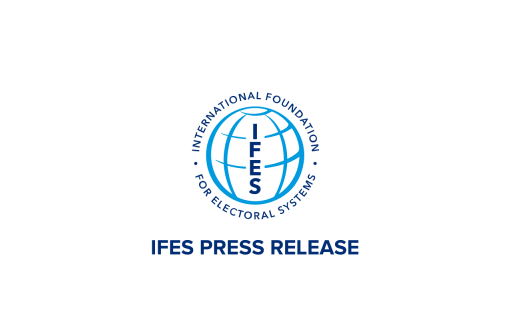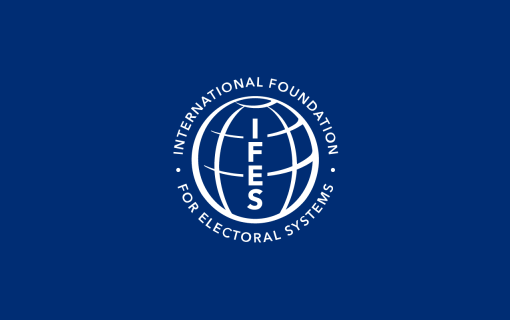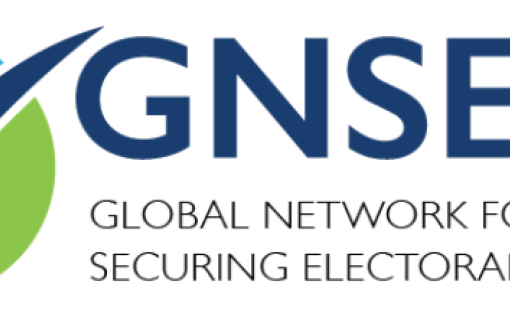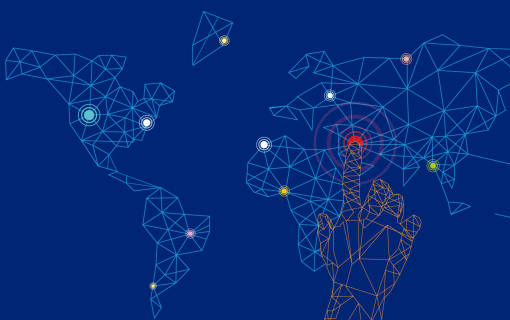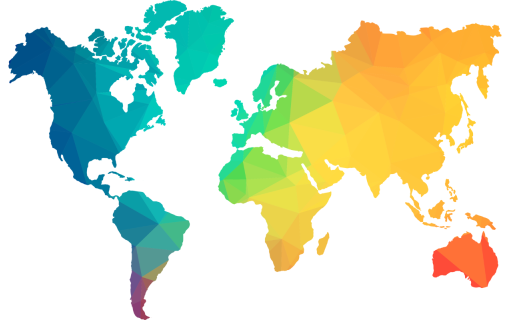Social Media Rising: Technology Amplifies Stakeholder Voices during 2015 Nigerian Elections
The rise in global social media has significantly shifted the ways in which citizens are able to engage with candidates, parties, electoral officials, and with each other throughout the electoral cycle. Traditionally, political stakeholders have largely relied on one-sided communication approaches with limited direct feedback (e.g. distributing information via television, radio, or print media). Now, social media tools such as Facebook and Twitter provide the opportunity to directly ask and respond to questions, address rumors, and clarify processes in real-time.
In advance of Nigeria’s 2015 presidential elections – originally scheduled for February 14, and then postponed until March 28 – the International Foundation for Electoral Systems (IFES) analyzed key trends on Nigerian social media using the sentiment analysis tool, Crimson Hexagon. The tool was used to assess the level and tone of discussion around key electoral events, such as distribution of the Permanent Voter’s Cards (PVC), potential for electoral violence, and use of card readers on Election Day. IFES also measured levels of engagement on Facebook and Twitter with the Independent National Electoral Commission (INEC), as well as the confidence in its Chairman in the wake of the electoral delay.
Nigeria presents a unique case for evaluation of citizen participation through social media, with only an estimated 30-40 percent of the population estimated to have Internet access, and only a fraction of that (6%) estimated to be on social media. However, a mobile penetration rate of 65 percent carries the potential for an increasing number of Nigerians to access social media platforms through their phones, resulting in an emerging, and potentially influential, online community that both State and non-State actors took note of during the recent electoral period. Both major presidential candidates, along with their parties, maintained active Twitter and Facebook accounts during their recent campaigns, with supporters frequently making use of a variety of hashtags to promote and/or criticize candidates and opponents, as well as generate buzz around key campaign issues.
INEC similarly adopted a deliberate approach to social media use during the 2015 electoral cycle. Following a 2011 election period characterized by rumors and the frequent spread of misinformation in the media, INEC implemented a number of measures during the recent elections designed to increase its ability to proactively respond to issues, and address queries from citizens as they arose. In addition to setting up an Election Operations Center, INEC’s Chairman, Professor Attahiru Jega, assigned dedicated staff to monitor INEC’s social media channels, which grew exponentially in number of fans and followers as the electoral period progressed.
These channels provided additional means for INEC to respond to citizen concerns related to a number of new voting procedures put in place for the 2015 election, including a national exercise to distribute over 50 million PVCs to registered voters, and the implementation of technology-based card readers to process voters on Election Day. INEC requested citizens experiencing difficulties or challenges with these new procedures to contact them via social media, or to call a corresponding hotline number. These feedback mechanisms, in coordination with other online and offline sources, enabled INEC to quickly modify voting procedures on Election Day to avoid disenfranchisement of potential voters due to issues experienced with use of the card readers.
While the total number of citizens directly engaged with INEC and political candidates over social media remained relatively small, conversations taking place over these channels frequently transferred into more widely-accessed traditional media streams, increasing the overall reach of the content. In late March, Chairman Jega held a town hall meeting in Abuja to discuss preparations in advance of the upcoming elections. Those who could not attend in person were invited to ask questions over Twitter using the hashtag #AskJega, with responses given to both the in-person audience, as well as to INEC’s Twitter followers online. Review of the hashtag via Crimson Hexagon gave IFES a better overview about topics and issues generating the most interest and concern in the weeks immediately prior to the presidential election, with a fairly even distribution of discussion centered on the PVC, card readers, Election Day procedures, and general questions about issues related to INEC.

With social media users currently representing only a tiny segment of Nigeria’s population, trends observed and sentiments expressed over this medium must not be overstated. However, the increasing crossover of content generated on social media with that of traditional media outlets, as well as the proactive and responsive presence on social media channels by major stakeholders during the recent elections, demonstrate the potential of the medium as a viable tool for increased voter enfranchisement and participation.




